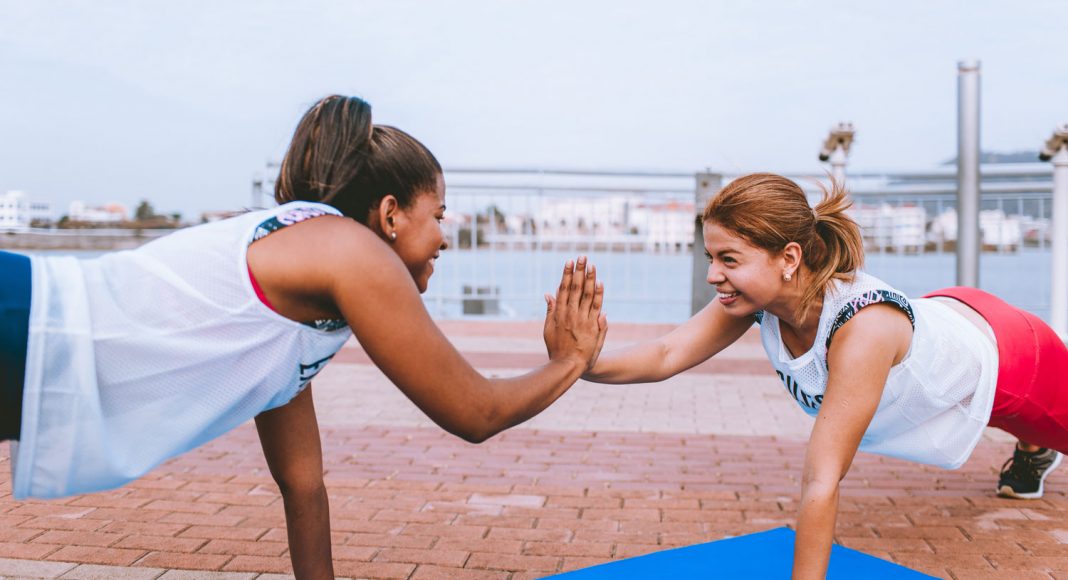With the onset of summer, there are many places that experience really hot weather, which is great for several reasons, but also creates a new set of problems. Among the many perks of summer, outdoor workouts are some of the most enjoyed. They’re (more or less) fun, cleansing and physically demanding. While these exercises tend to require more effort, which results in more burned calories, they also demand far more attention and hydration.
Here are five things you should know about working out in this type of weather.
Know the symptoms of heat stroke
https://giphy.com/gifs/siestakey-season-2-episode-10-siesta-key-9VyWuq9C9PjiutDagw
RELATED: Exercising In The Summer Can Burn More Calories And Build Muscle
The symptoms of heat exhaustion are many, with nausea, profuse sweating, thirst, light headedness and rapid breathing being among the easiest ones to spot. Aside from making you feel awful, heat stroke can lead to organ failure and complications when left unattended. Prevent this by finding shelter and cooling your body if you’re working out in the sun and begin to experience any of the symptoms listed above.
Avoid the hottest time of day for your workout
https://giphy.com/gifs/too-hot-its-sweltering-ZCB9I6fOTckuzqSpOB
If you’re working out outdoors, avoid the hours of 10 a.m. to 3 p.m., which is usually when the sun is at its peak. If you want to take advantage of the sunlight and the warm weather, experts recommend completing your workouts early ing morning. If it’s too hot (over 89 degrees), it might be best to skip it or to workout indoors.
Stay hydrated
https://giphy.com/gifs/water-mma-gina-carano-guKp5Wjf2N2Lu
It’s always important to stay hydrated while doing anything physical. When it’s hot out, it’s even more important to drink water and to keep your potassium and sodium levels in check. This means that you should also monitor what you eat and avoid having diuretics like coffee and alcohol before your work out.
Wear loose and comfortable clothing
https://giphy.com/gifs/ufc-mma-ufc-217-xT1R9GTV1SP1kfrMVq
RELATED: 5 Video Games To Play During The Summer
While working out with uncomfortable clothes is always a pain, when it’s hot out it transforms into something unbearable. Be prepared and wear your best and most comfortable clothes. You don’t want to be pulling your underwear as you’re worrying over drinking water and trying to find shelter from the sun.
Monitor your electrolyte and salt intake
https://giphy.com/gifs/poptv-pop-tv-flack-tHpaS8xHWZ7VPTmaQZ
Part of maintaining yourself hydrated means that you’ll have to monitor your electrolyte and salt levels. Focus on eating healthily and in having a drink of water every 15 minutes of your workout, even if you’re not thirsty. Don’t overdo it, because you’ll feel sick, but don’t underestimate the heat.


